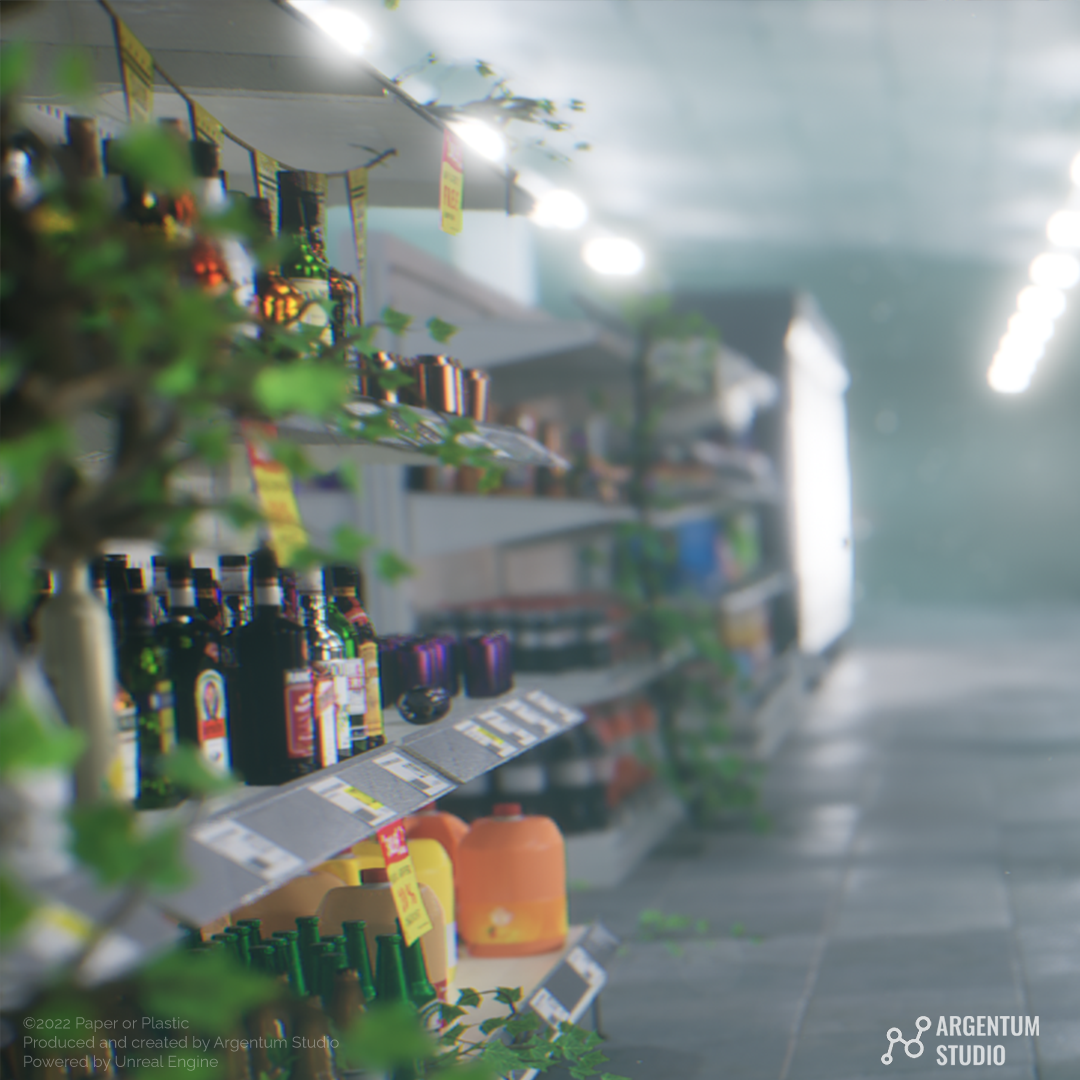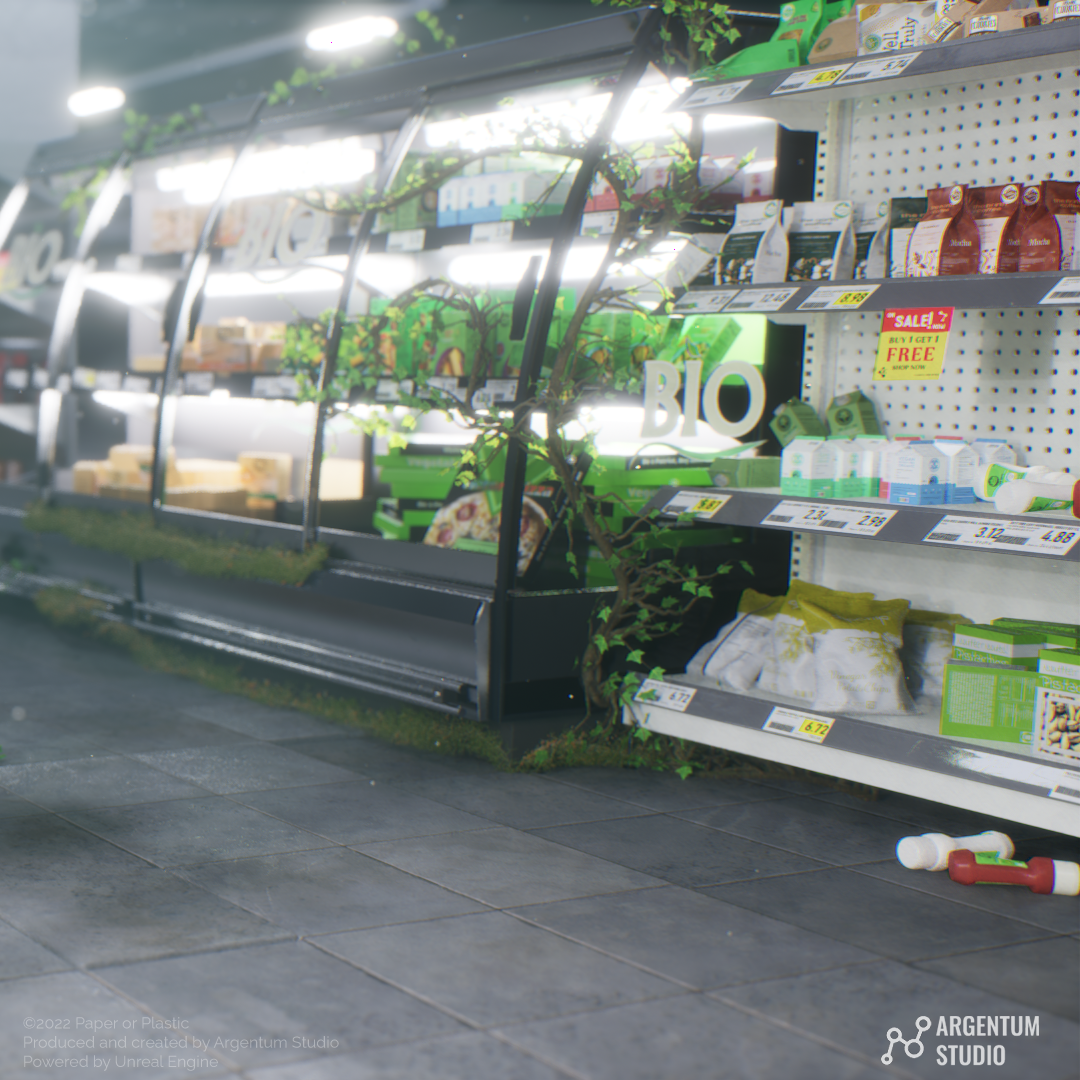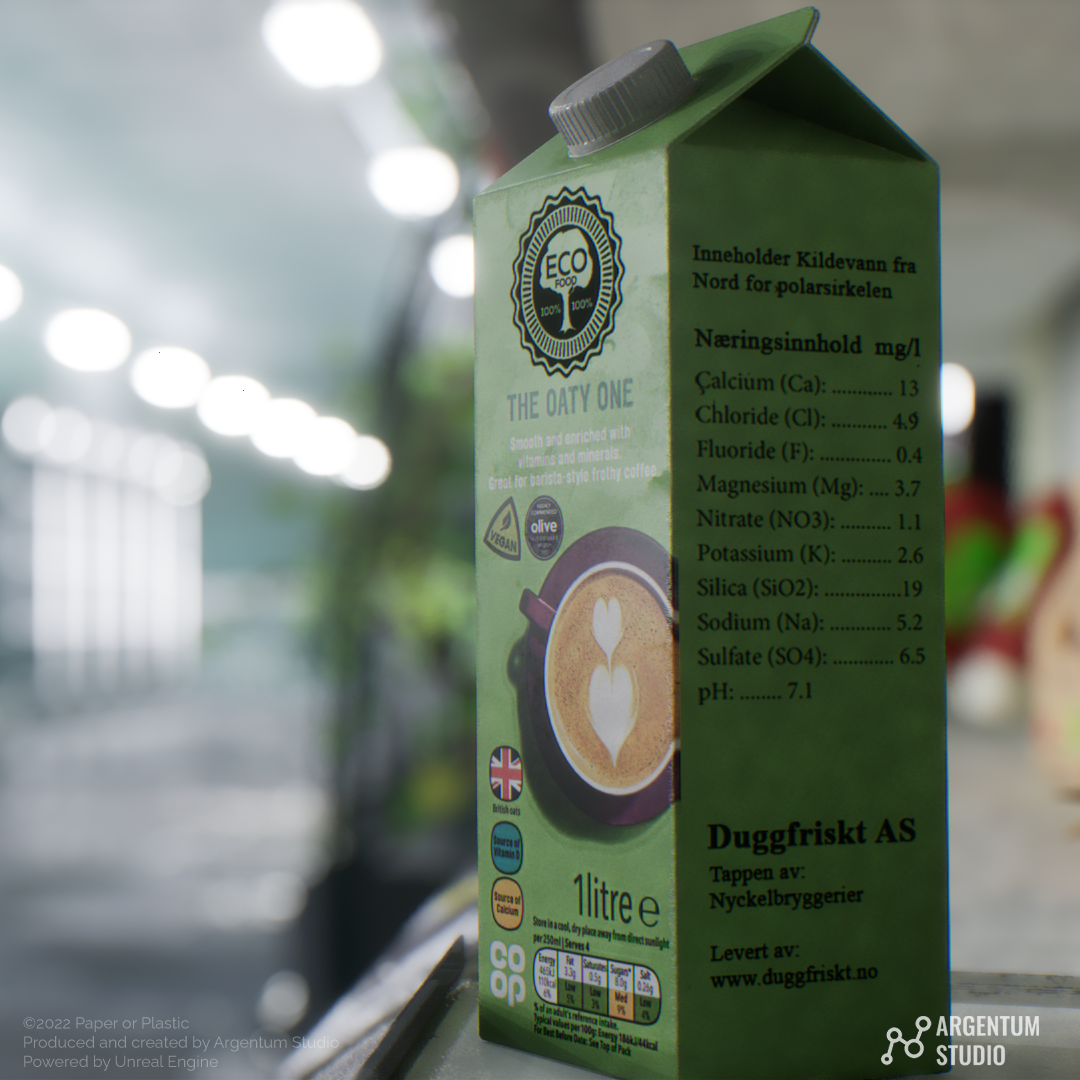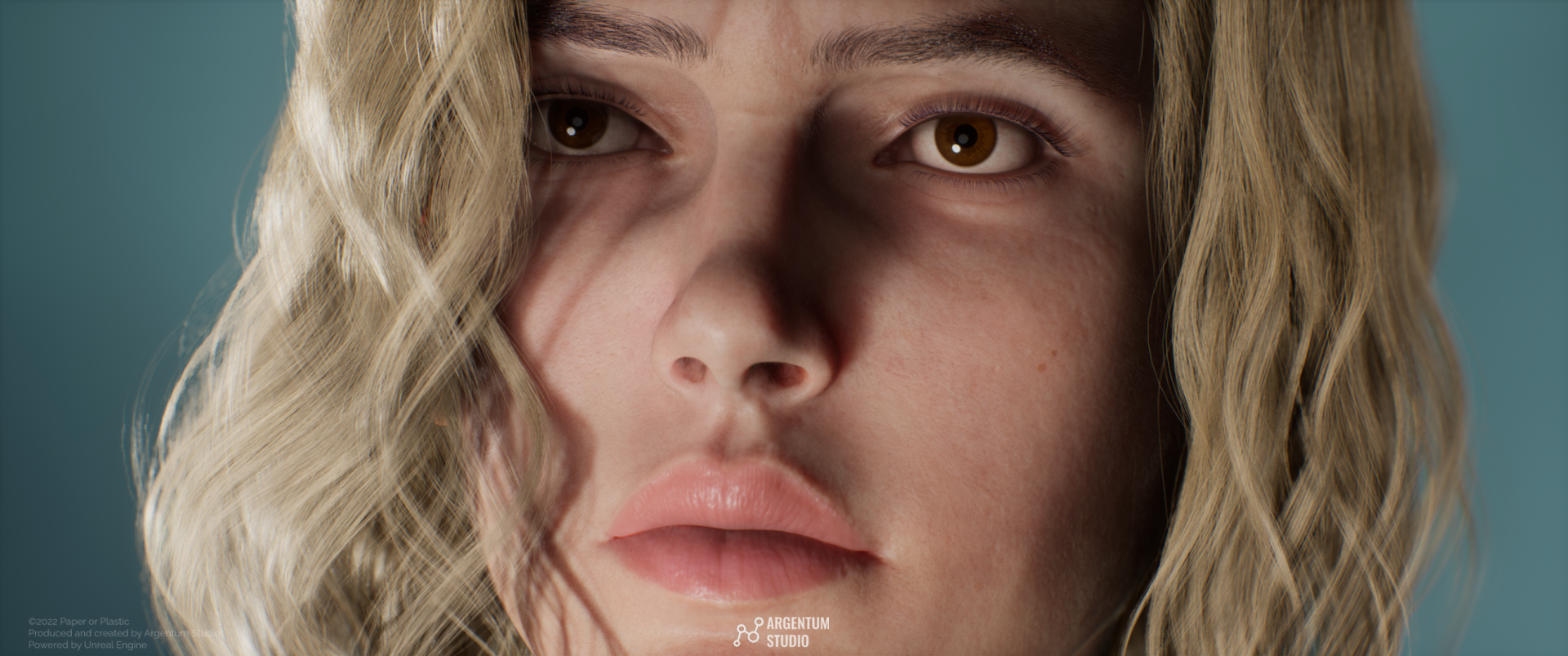VDB Rendering: Avoid the Pain
VDB rendering in real-time is always painful — if you’re a 3D artist, you know what we’re talking about. However, with the right tools and understanding, it can become manageable, even enjoyable.
Understanding VDBs
VDB stands for Voxel Data Base, a technology used heavily in CGI and VFX. It stores 3D data on a voxel-by-voxel basis, making it perfect for rendering complex structures such as clouds, fire, and smoke.
Understanding how VDBs work is the first step in mastering rendering with them. They organize data in a 3D grid, each cell holding density, color, or other information required for rendering.
Several software packages allow you to manipulate and render VDB data. These include all path tracing engines. Each has its strengths and weaknesses — but when it comes to real-time rendering, there is always the question of how to do it more correctly, because the functionality limits the quality of VDB rendering.
If you’re working with Unreal Engine, and specifically with real-time cinematics, it is of utmost importance that you understand the limits and capabilities of VDB rendering in this environment. Unreal Engine offers its own native support for VDB files but with certain limitations that can’t yet allow to produce the desired result for production.
The Problem
Lack of functionality and flexibility in current VDB real-time rendering software can make it a painstaking process. Common complaints mention the lack of real-time preview features, difficulties in managing large datasets, and the steep learning curve required to master the VDB rendering in real-time.
Inability to handle time-varying sequences in some software, like Unreal Engine, can put restrictions on the scenes that can be created. Additionally, maintaining image quality throughout the rendering process can often be a challenge given the high complexity of the 3D data and its interactions with other elements in the scene.
Finding the Solution
At Argentum Studio, we have committed to dedicate time for extensive research and development, to code a unique tool that tackles these problems. With our mission to enhance the industry of real time cinematics inside Unreal Engine — it is our honor to finally release our VDP pipeline and the tool to the public, free of charge.
Our novel VDB pipeline is engineered to give 3D artists the power and flexibility they need when working with VDB rendering.
We believe in empowering users to make the most of our tool. Therefore, alongside the tool, we are releasing our VDB pipeline, with a video guide and the documentation.
Argentum Studio VDB Pipeline Tool: Unique Benefits
Argentum Studio VDB Pipeline Tool lets you generate beautiful, realistic imagery of complex 3D structures like clouds, fire, or smoke, overcoming many limitations that existing tools present. Here are some of the distinctive benefits it provides:
- Translucency Sorting
- Volumetric Fog Sorting
- Self Shadowing
- Advanced Shading
- Local Light sampling
- VDB casting shadow — and many others
Finally, not only does our tool enhance the quality of real-time cinematics, but it also speeds up the workflow for 3D artists. With our unique pipeline at your fingertips, the tool minimizes the time spent on test renders and adjustments. Artists are now able to iterate faster and produce high-quality outputs with less effort.
Download the Argentum Studio VDB Pipeline Tool now at: https://argentum.studio/VDB











